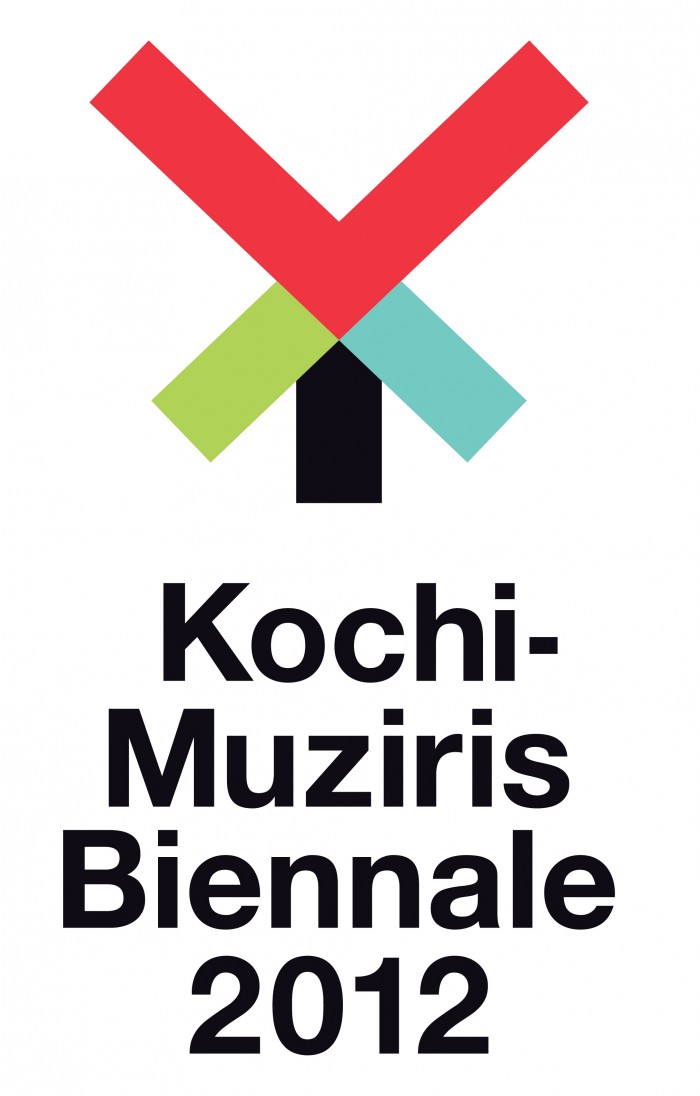
Today, 12 December 2012, marks the opening of India’s first-ever Biennale, in the state of Kerala in the west of the country.
The Kochi-Muziris Biennale "seeks to invoke the historic cosmopolitan legacy of the modern metropolis of Kochi, and its mythical predecessor, the ancient port of Muziris".
At the heart of the Biennale is the desire to revisit the historic cosmopolitan legacy of the modern metropolis of Kochi through shows and exhibits in galleries, halls, heritage building, unused urban structures and public spaces.
Kochi, on the west coast of India, is a major port city with a very busy ship route, while Muziris was an ancient seaport and urban centre believed to have been flooded in 1341, an event that saw the commercial centre of the district moving to other ports.
As such, the Kochi-Muziris Biennale is about linking the past to the present, explains V Sunil, executive creative director of W+K Delhi and a founding member of the Biennale, on a Skype call. It’s about making the city the canvas for the creative energy that underpins it all.

The wheels of the Biennale were set in motion two years ago and hopes to achieve some very important objectives.
The first, Sunil explains, is to link the past to the present – celebrating the rich heritage of the city. On ground level the city is bustling with culture and heritage, with people of different religions and cultures living alongside each other in this space. The past is not gone, but it needs to be recognised in the present, Sunil reckons.
Make art, design and culture more “public friendly” is a second, important, obective, Sunil says. The significance of the Biennale is a question that Sunil believes is crucial. He explains that in the region of Kochi there is a lack of museums, galleries and other places of cultural relevance. Arts and culture education lacks in this region despite there being so much culture here. Sunil argues that the reason for this is that it has never been packaged very well so people haven’t had the chance to really interact with culture in an accessible way.
More than just promoting arts and culture, Sunil believes that the third objective of the Biennale is also to put Kochi on the world map of culture. “It’s a great business proposal because if it works it means an economic injection for the entire city so it has the potential to positively affect the micro economy.
With some 500 000 people expected, the Biennale is sure to add another layer to the city of Kochi, an are historically known for its beaches and outdoor activities.
The different art pieces and installation within the Biennale are all site-specific works that speak to the space in which it is being exhibited and its cultural and social significance. Some 90 Indian and international artists will exhibit their work, representing a variety of creative mediums including film, sculpture, painting, performance art and new media.
On another level, the works that comprise the Biennale are also about “seeking new meanings and discourses in cosmopolitanism and inclusiveness”, according to the organisers.
In addition to the exhibits, the Biennale will also feature talks, seminars, workshops, music events and educational activities, all forming part of the Biennale aims to see Kochi recognised as an important cultural centre, Sunil explains.
While the Biennale is India’s first, the hope is that the initiative will inspire other countries where culture is also not on the main agenda to also start recognising the social and economic value of cultural events and programmes. “We hope it will get people talking,” says Sunil. He further says that money is always a challenge because culture is not on the education agenda and it is often not seen to be very exciting. But the Biennale seeks to redress this and in time, turn Koch in India into a biennale city.







